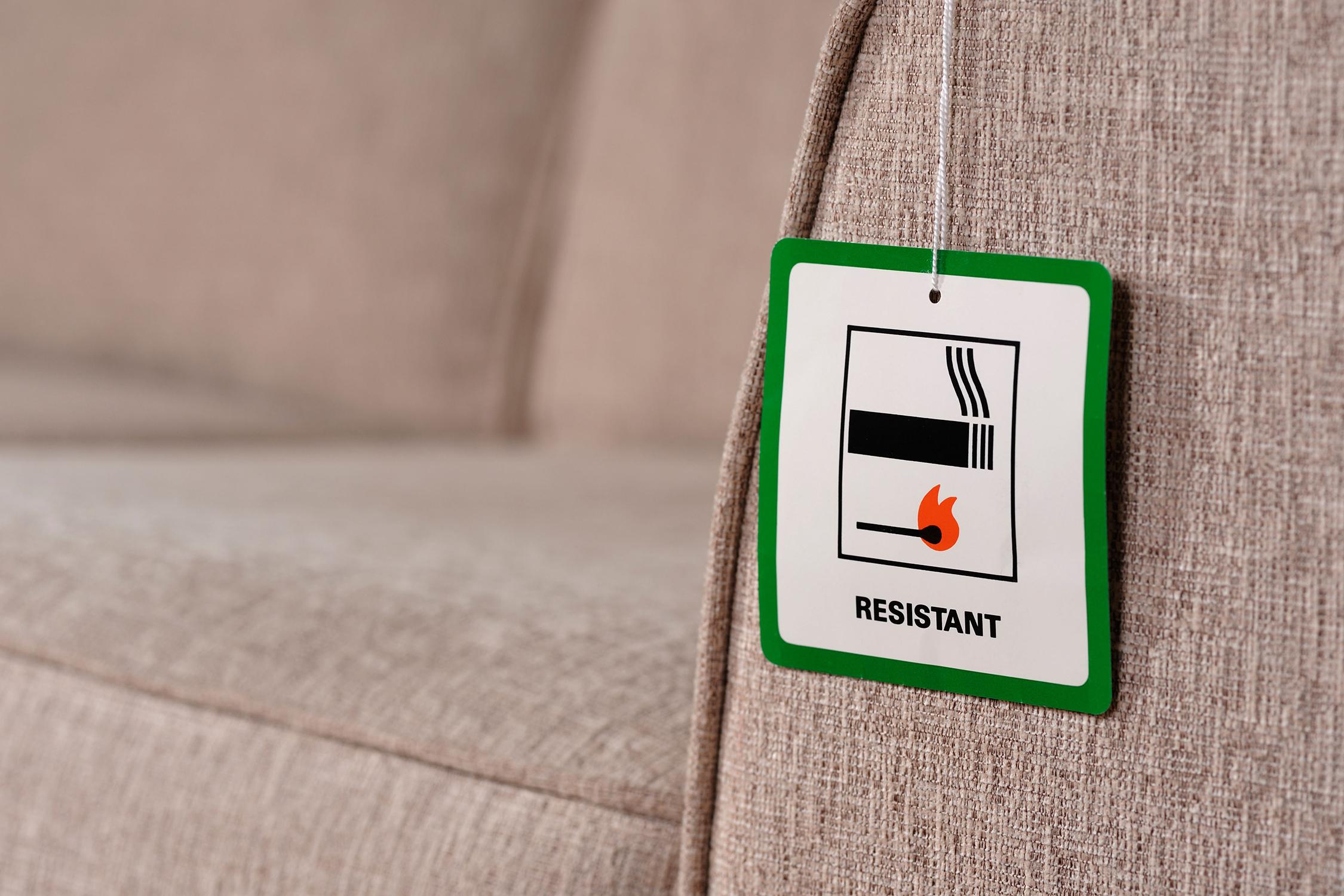We use cookies to improve your experience on our website and to personalise the content shown to you. By clicking 'Accept' you are accepting our cookie policy. You can personalise your options within your browser settings.

Flame Retardant fabrics are critical for ensuring safety in both residential and commercial settings. The use of fire retardant fabrics is essential for any venue, such as restaurants, hotels, and bars, and is a necessary safety feature for protecting both customers and staff. Flame retardant fabrics are considered safer because they take longer to burn than normal fabrics, allowing for more time to react and put out the fire.
There are several tests for flame retardant and fire retardant fabrics, including the match test, cigarette test, and Crib 5 and 7 tests. The match test ensures that the fabric can withstand a naked flame in domestic or residential settings, while the Crib 5 test is for fabrics suitable for settings where fires are more likely to start, such as in restaurants, bars, and hotels. The highest fire rating test, Crib 7, is used in high-risk applications where fires are much more likely to occur, such as in hospitals and prisons.
There are two types of flame retardant fabrics: non-durable flame retardant finishing fabric and permanent, or inherently flame retardant fabric. Non-durable flame retardant fabrics are made from cotton or polyester and are treated with flame retardant substances after manufacturing, while permanent flame retardant fabrics are woven from inherently flame-resistant yarns. Permanent flame retardant fabrics can be washed without losing their effectiveness, making them ideal for use in hospitals and hotels.
Using fire retardant curtains and upholstery is crucial for businesses to ensure their customers' safety. Fire retardant fabrics reduce the fire hazard and, in the case of flame retardant fabrics, actively stop the spread of fire. Businesses have a high level of responsibility to ensure their customers are safe from harm, and incorporating flame retardant fabrics is a critical step in enhancing their health and safety approach.
Complying with UK Fire Retardant Regulations Using Specialist Barrier Cloth for Non-Fire Retardant Fabrics in Commercial Settings
In commercial settings, it is important to ensure that all fabrics used are fire-retardant to comply with UK fire safety regulations. However, if non-fire retardant fabrics are desired for aesthetic or functional reasons, it is possible to use a specialist barrier cloth to achieve compliance. This cloth is placed underneath the non-fire retardant fabric and acts as a barrier to prevent flames from spreading, ensuring that the fabric meets the necessary fire safety requirements. Using a barrier cloth is a cost-effective solution for those who want to use non-fire retardant fabrics without sacrificing safety and is a popular option in industries such as hospitality and interior design. Our barrier cloth at I Want Fabric is fully Crib 5 tested to meet UK fire retardant regulations.